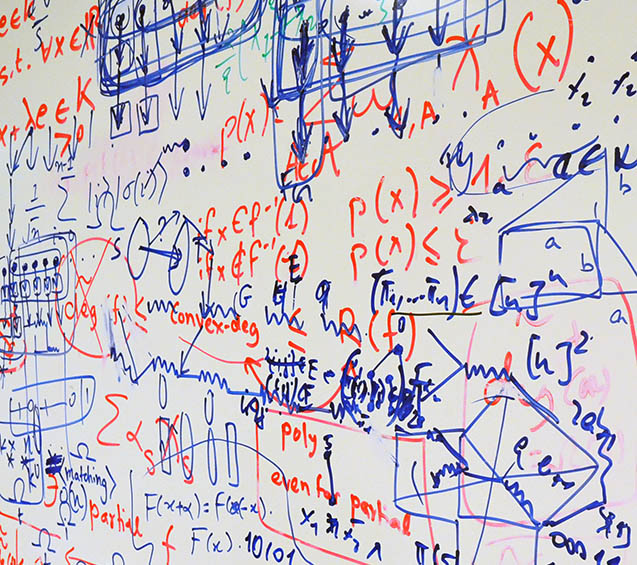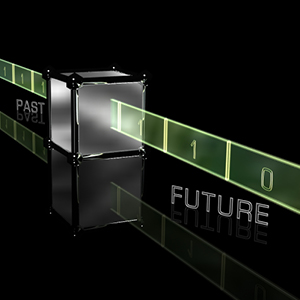Highlights
Zen and the art of quantum complexity

Surprisingly, perhaps, the universe could look far simpler to a person processing quantum information.
New Scientist magazine's 15 November edition features a "Big Idea" essay by CQT researchers Vlatko Vedral and Mile Gu. In the article, titled "Zen and the art of Quantum Complexity", Mile and Vlatko explain how quantum theory can redefine our understanding of complexity.
The article is published as "Quantum logic: It's simpler to be two things at once" on New Scientist's website.
Vlatko is one of CQT's Principal Investigators and a Professor at the University of Oxford. Mile is a Visiting Senior Research Fellow, based at the Center for Quantum Information, Tsinghua University, Beijing, China.
The essay was inspired by the World Economic Forum's 'Meeting of New Champions' held in Tainjin, China, in September, where Vlatko presented quantum research to politicians and business people. A concern for the meeting-goers is how to model complex systems, from the economy to the design of efficient cities. What are the simplest models that explain these phenomena with the least amount of information?
Mile, Vlatko and their collaborators have shown that classical systems can be more efficiently modelled using quantum information than with classical information – a quantum model needs to store less data to make accurate predictions. The New Scientist essay references this work, which was published in 2012. The group has since further developed the idea.
"To a person capable of storing and processing quantum information, the universe could look far simpler. This offers a new paradigm, where our notion of complexity ultimately depends on the information theory we use," write Mile and Vlatko in the article.
Learn more
Related Stories
 | How quantum physics could make 'The Matrix' more efficient March 30 2012 |






